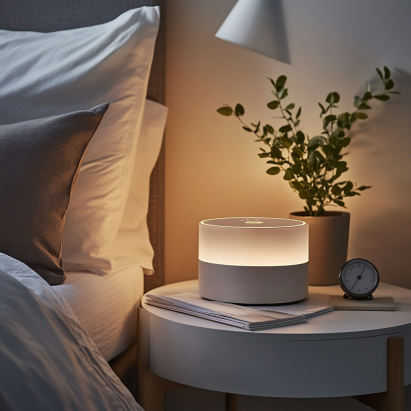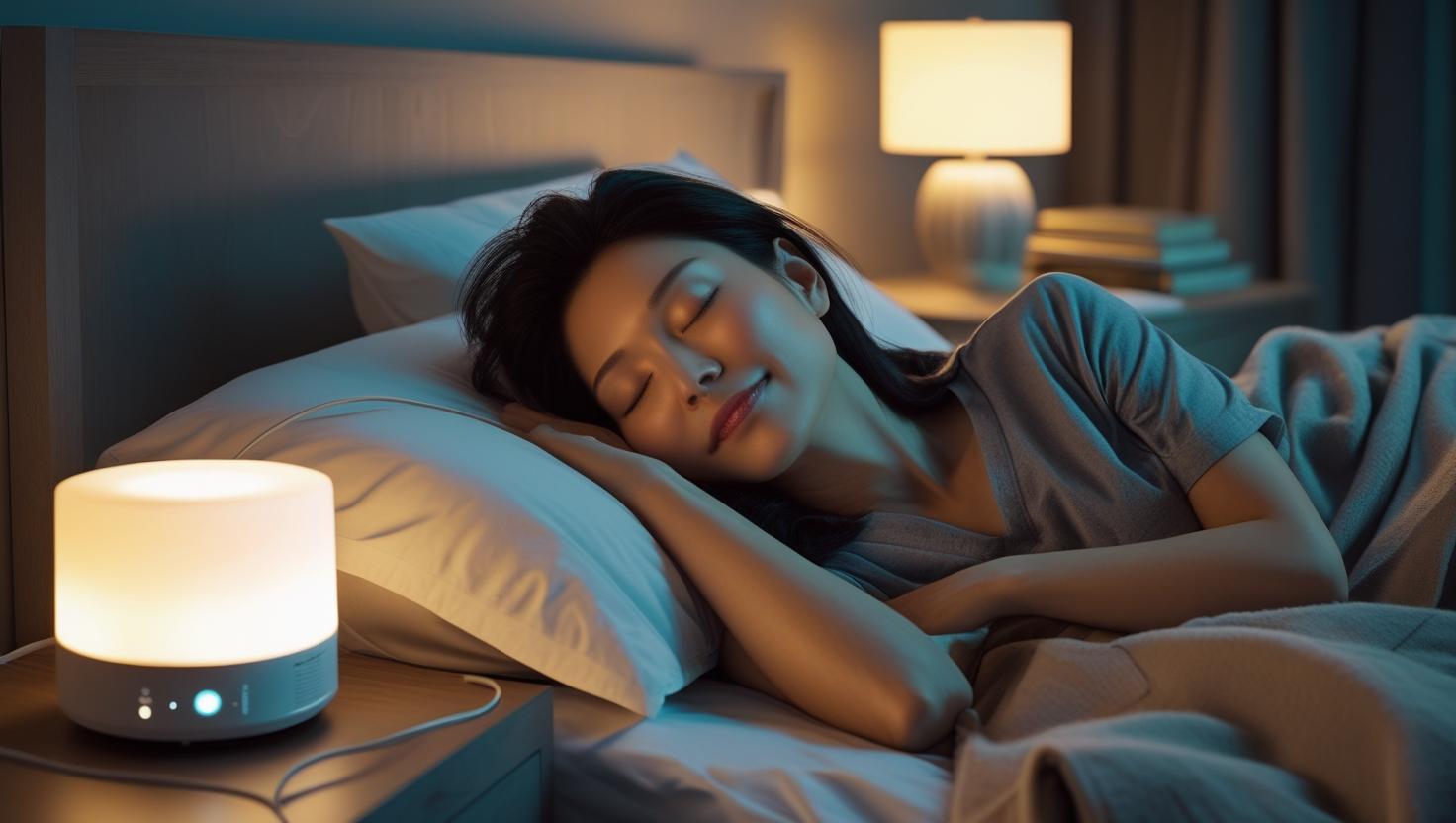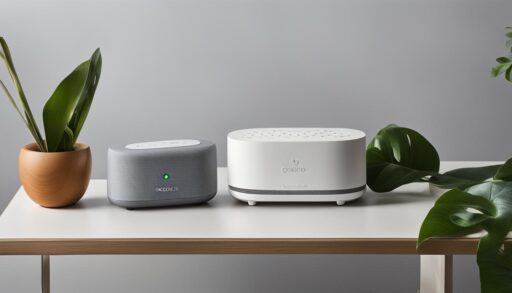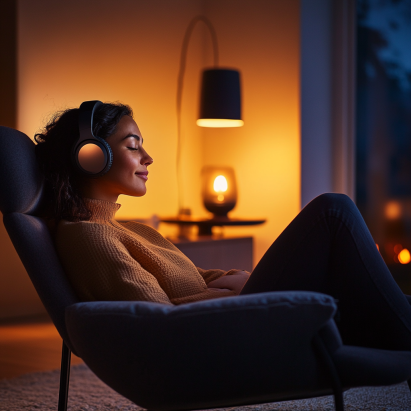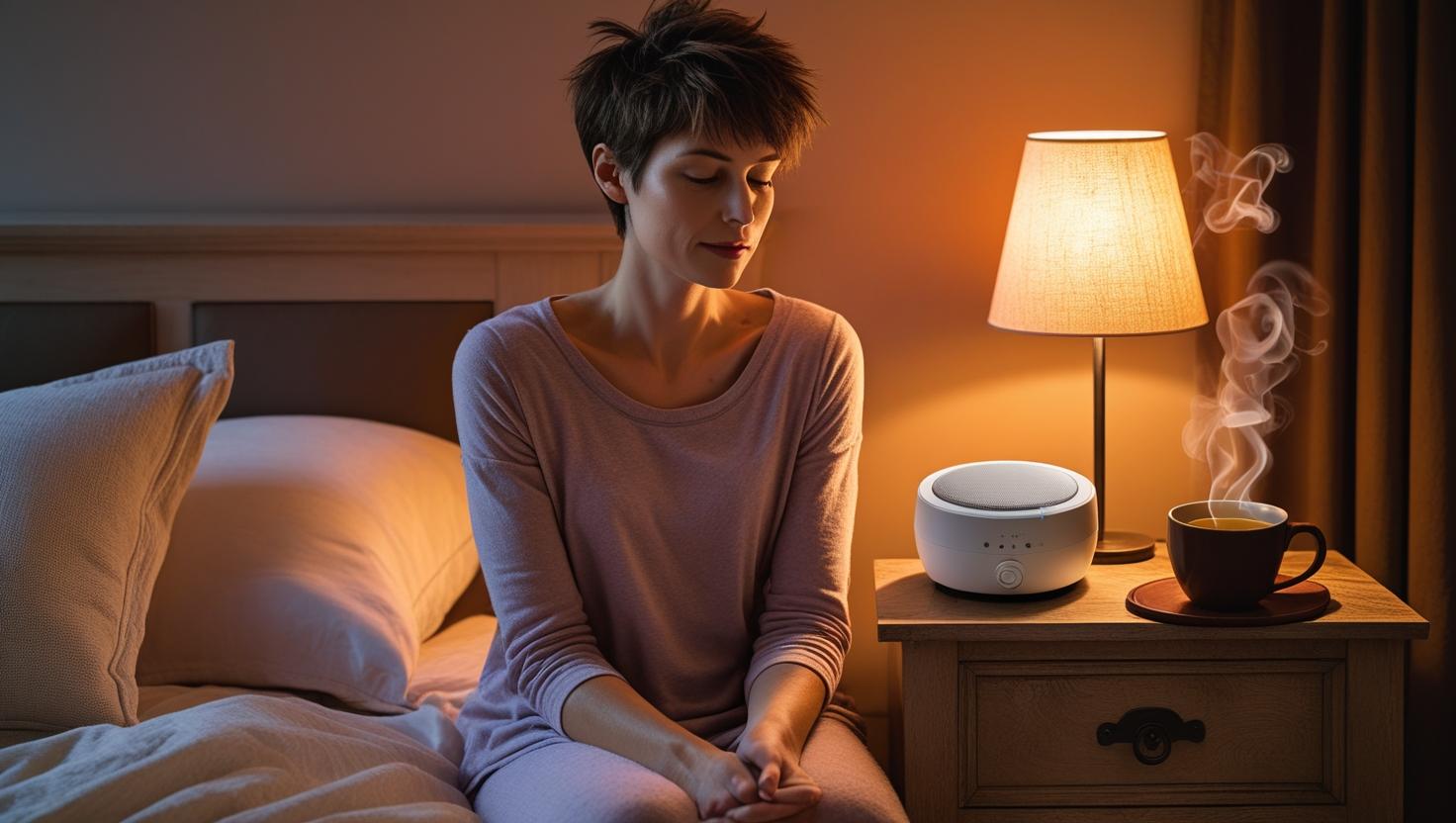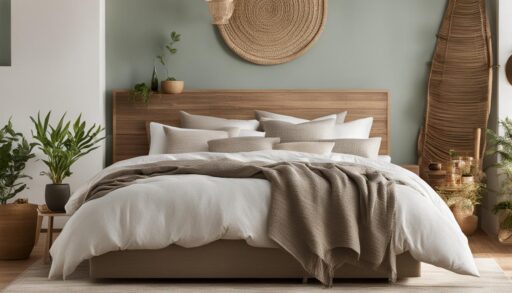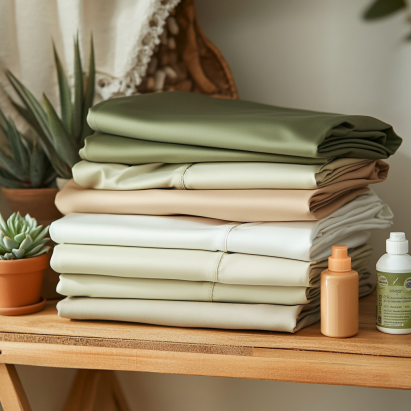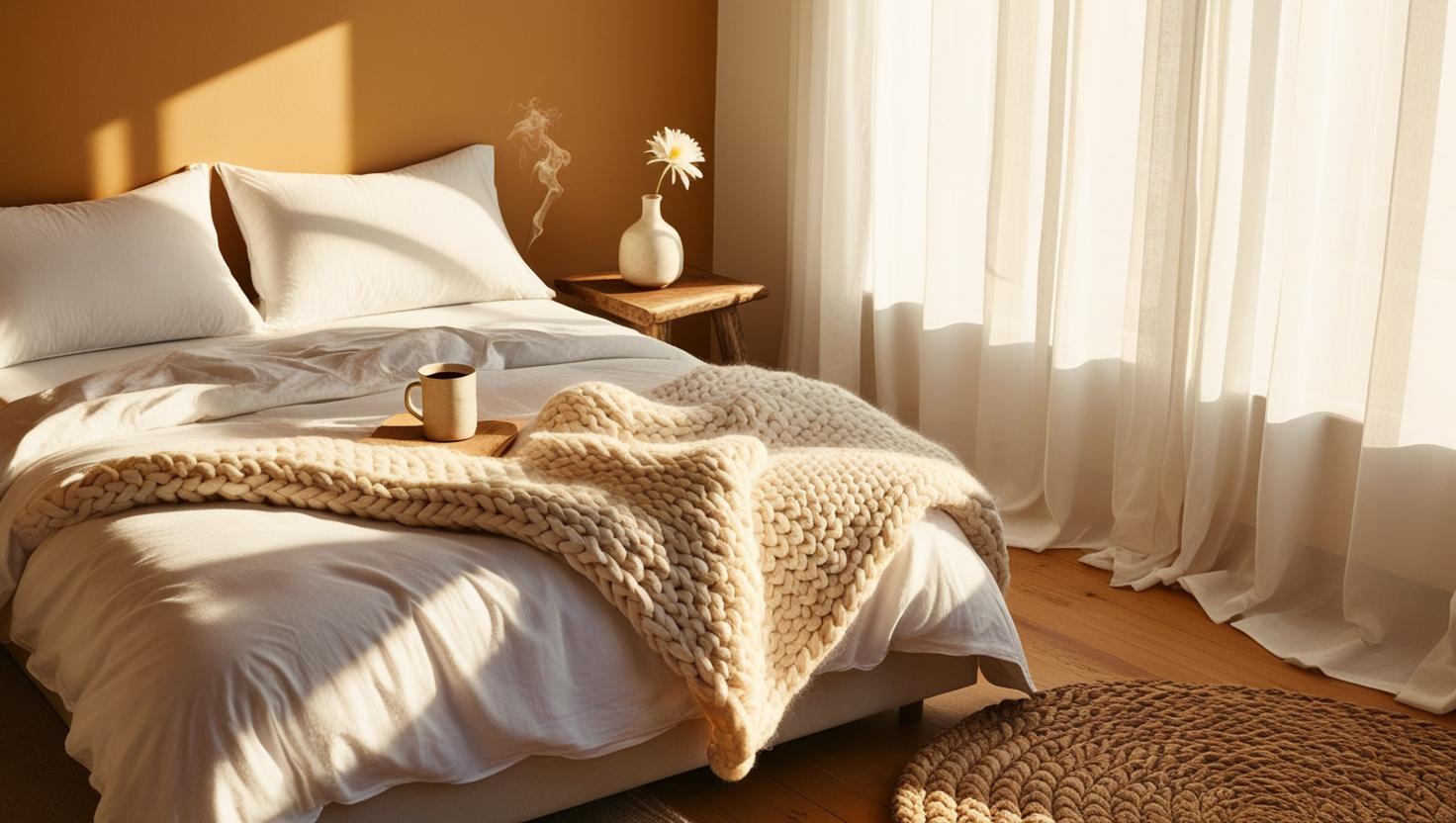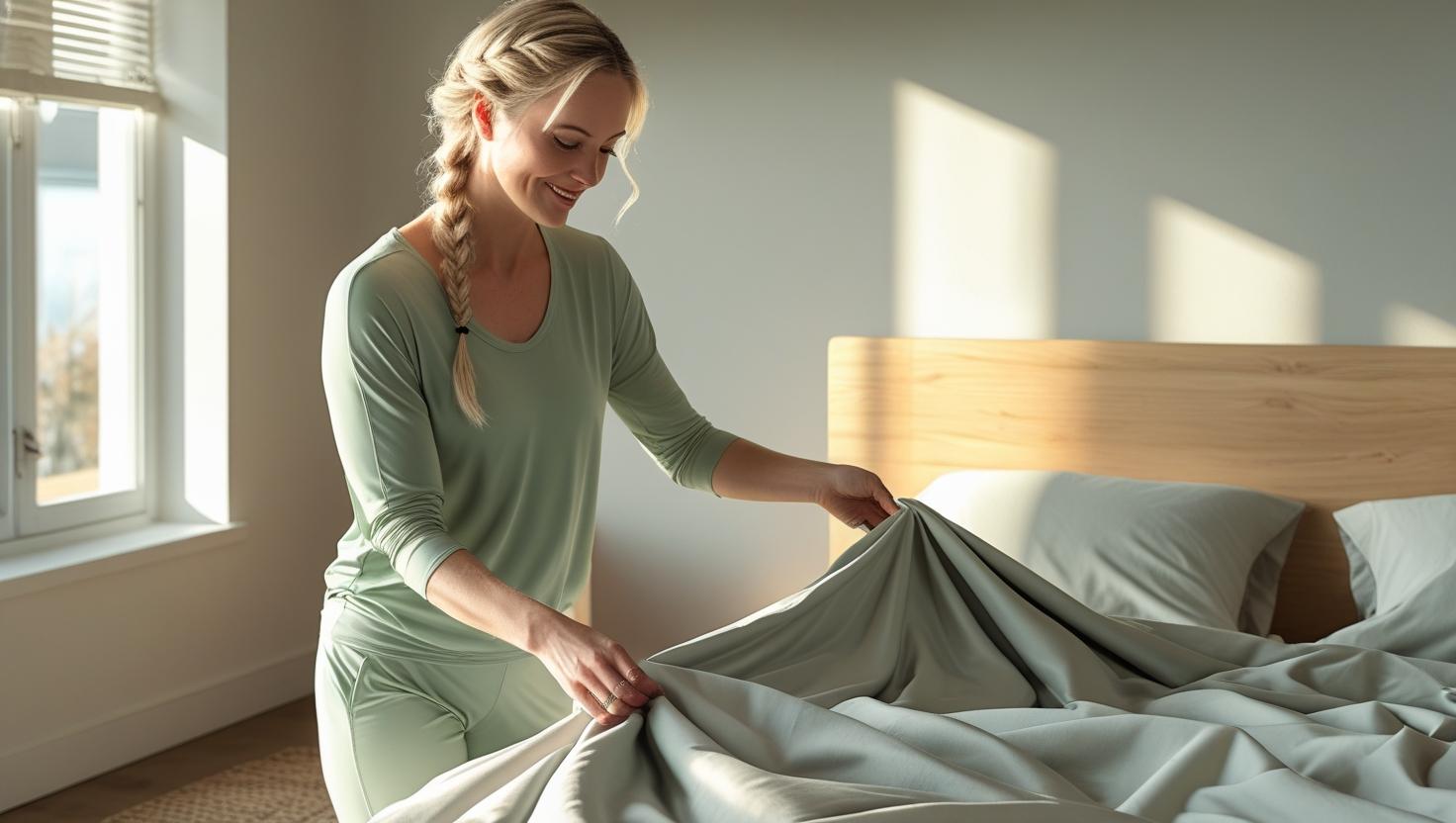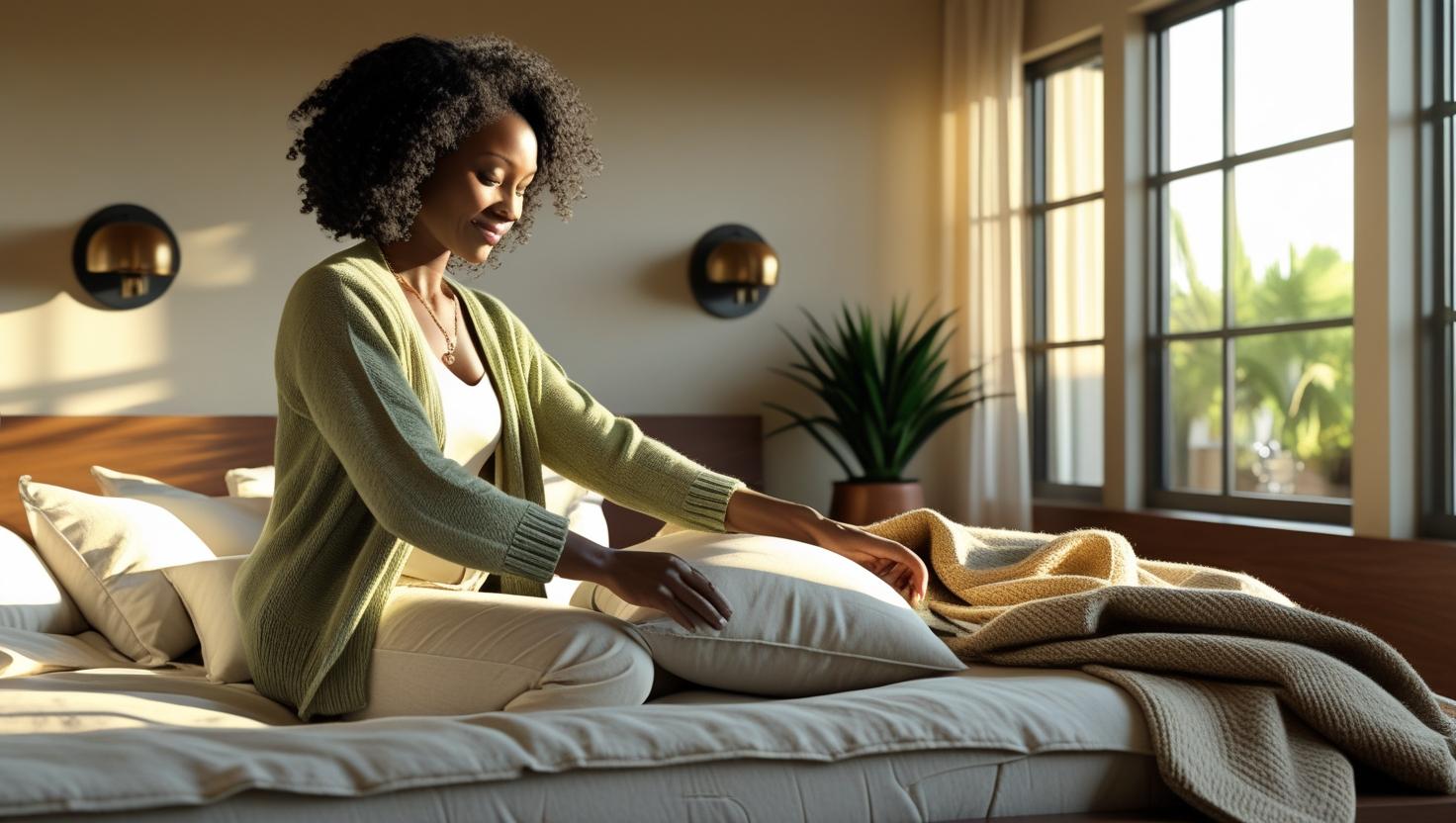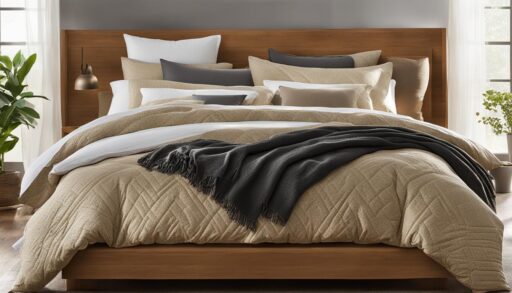White Noise Machines for Sleep
White noise machines for sleep offer a calming solution for anyone struggling with nighttime disruptions, creating a peaceful atmosphere that fosters rest and relaxation.
Key Takeaways
- White noise machines help block disruptive sounds and improve overall sleep quality.
- They are beneficial for people with insomnia, tinnitus, or light sleeping patterns.
- Different noise types (white, pink, brown) offer tailored sleep experiences.
- Portable and feature-rich models enhance sleep at home or while traveling.
- Integrating sound machines into a nightly routine promotes consistency and calm.
How White Noise Machines for Sleep Work
White noise machines for sleep generate a steady sound across all frequencies to mask sudden auditory changes that may interrupt sleep. This consistent auditory environment supports both falling asleep and staying asleep. Many devices also include calming sounds like ocean waves or rainfall, giving users options for their preferred relaxation method.

By producing a constant background hum, white noise machines for sleep reduce the brain’s reaction to external sounds, making them especially effective for people with insomnia, tinnitus, or noise sensitivity.
Benefits of Sound Machines for Sleep
Adding a white noise machine for sleep to your nightly routine can have transformative effects on your rest. These machines offer benefits beyond simple noise masking:
- Masks Disruptive Noises: Drowns out sounds such as traffic, neighbors, or snoring, maintaining a calm auditory environment.
- Reduces Sleep Latency: Helps the brain disengage and relax faster, making it easier to fall asleep quickly.
- Improves Sleep Quality: Encourages deeper, uninterrupted sleep by maintaining a consistent sound throughout the night.
- Relieves Insomnia and Tinnitus: Offers auditory distraction that can counteract ringing ears or racing thoughts.

Exploring Different Types of Noise
Understanding various sound profiles can help you choose the most effective white noise machine for sleep. Most devices offer three common noise types:
White Noise
White noise includes all frequencies at equal intensity and sounds like radio static. It’s excellent for masking disruptive background noise.
Pink Noise
This sound is softer and more natural than white noise. Examples include rainfall or rustling leaves. Pink noise may improve memory and overall sleep quality.
Brown Noise
Brown noise features deeper tones that many find soothing. It’s ideal for those who dislike high-pitched sounds or prefer a cocoon-like auditory atmosphere.

| Noise Type | Description | Benefits |
|---|---|---|
| White Noise | Consistent static-like sound | Masks noise; helps with sleep latency |
| Pink Noise | Softer, natural mix of frequencies | Promotes relaxation; enhances sleep quality |
| Brown Noise | Deep, bass-heavy tones | Creates a calming sleep environment |
Choosing the Right Sound Machine for Sleep
Select a white noise machine that fits your lifestyle and sleep preferences. Consider the following features:
- Noise Options: Look for machines offering white, pink, and brown noise for flexibility.
- Volume Control: Adjust volume levels for comfort and effectiveness.
- Auto Shut-Off Timer: Save energy with programmable timers.
- Portability: Opt for lightweight models if you travel frequently.
- Extra Features: Some machines come with nature sounds, meditation modes, or app compatibility.

Using a Sound Machine Safely and Effectively
- Placement: Keep the machine near your bed, but avoid placing it too close to your ears—especially for infants, maintain a seven-foot distance.
- Volume: Ensure the volume is set to a comfortable, non-damaging level.
- Trial Period: Give yourself one to two weeks to adjust to the new sound pattern.
Impact of Noise on Sleep Quality
Noisy environments can wake you from deep sleep or trigger stress responses. White noise machines for sleep combat this by creating a stable auditory backdrop that smooths out jarring environmental noise.
Benefits of White and Brown Noise for Sleep
- White Noise: Minimizes disturbances from sudden noises and supports deeper sleep.
- Brown Noise: Offers a gentle, low-frequency hum for a cocoon-like environment that encourages restful slumber.
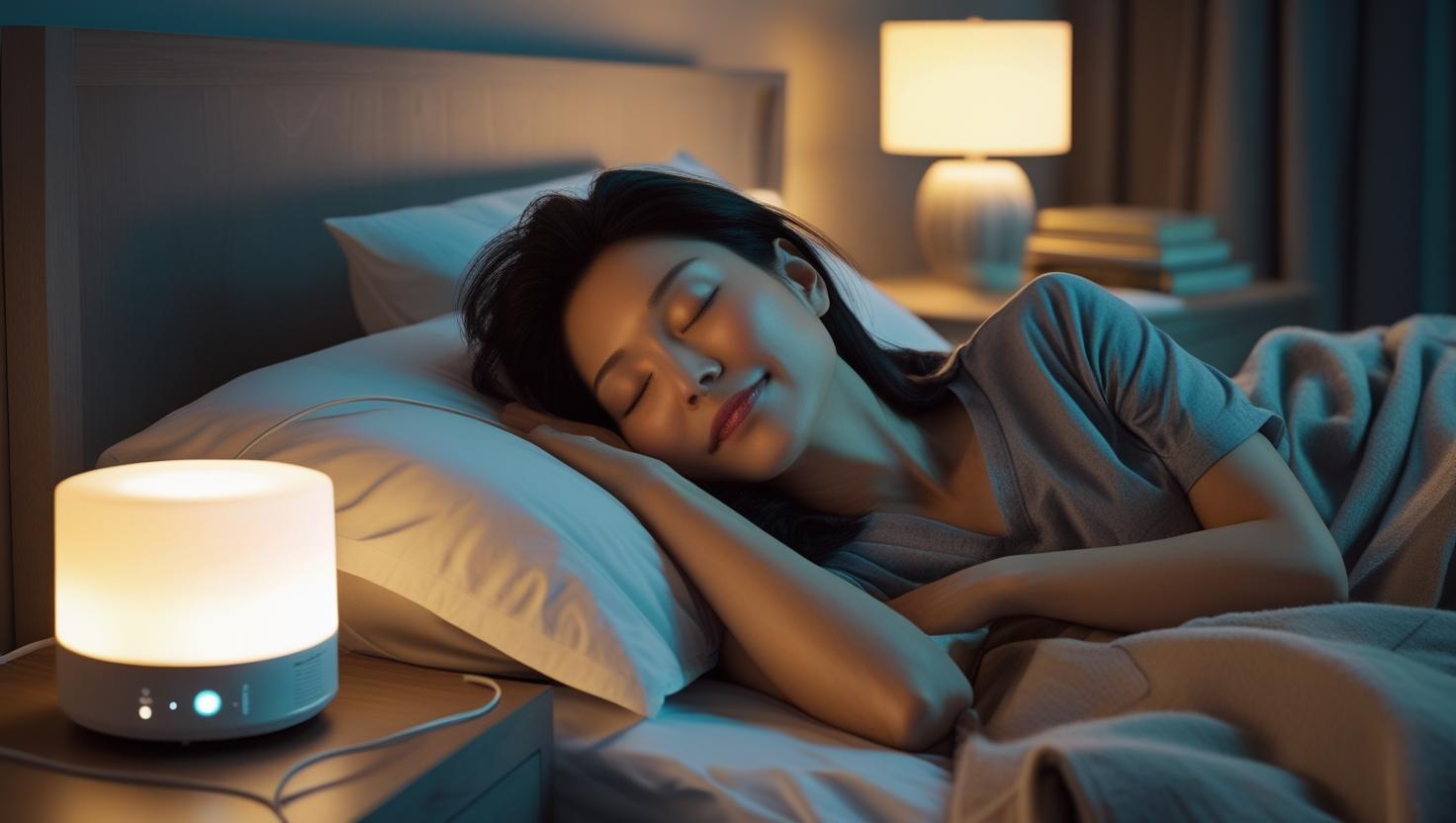
Integrating Sound Machines with Sleep Routines
- Set the Scene: Dim lights and cool your room. Explore tips for a cool, comfortable sleep setup here.
- Choose Your Sound: Try various sound options to determine your ideal match.
- Establish a Routine: Use your white noise machine nightly to cue your body for sleep.
- Combine with Other Aids: Pair with reading, meditation, or essential oils. Explore Feng Shui for your bedroom layout here.
The Science Behind Sound Machines for Sleep
Clinical research confirms that white noise machines for sleep reduce sleep latency and limit nighttime awakenings. Hospitals use them to help patients rest better in noisy environments. While pink and brown noise still need more study, early data and user feedback suggest they also contribute to better sleep outcomes.
Learn more from Everyday Health and explore insights from CNET.
Leveraging Technology for Better Sleep
Apps like Calm, Headspace, and others offer soundscapes including white, pink, and brown noise. These are excellent ways to test preferences before investing in a physical white noise machine for sleep.
Learn how essential oils can enhance your relaxation routine.
Video Resources for Sound Machines
For more guidance, check out this helpful video on choosing and using white noise machines for sleep. It covers different sound types and placement tips to get the most benefit.
Final Thoughts on Sound Machines for Sleep
White noise machines for sleep are a simple yet powerful way to create a tranquil sleep environment. They mask disruptive sounds, promote relaxation, and help signal bedtime to your body and mind. Whether you prefer white, pink, or brown noise, finding your perfect sound can unlock deeper, more refreshing sleep.
FAQ
Do white noise machines really help with sleep?
Yes, white noise machines for sleep are clinically proven to reduce the time it takes to fall asleep and improve sleep continuity by masking external noises.
Is white noise safe for babies?
White noise can help infants sleep better, but it should be placed at least seven feet away from their crib and played at a low volume to protect sensitive ears.
Which noise is best: white, pink, or brown?
It depends on your preference. White noise is sharp and static-like, pink is softer and natural, and brown noise is deep and soothing. Try each to find what suits you best.
Learn more in our guide to top sleep aids for light sleepers and how sleep masks complement noise machines.


